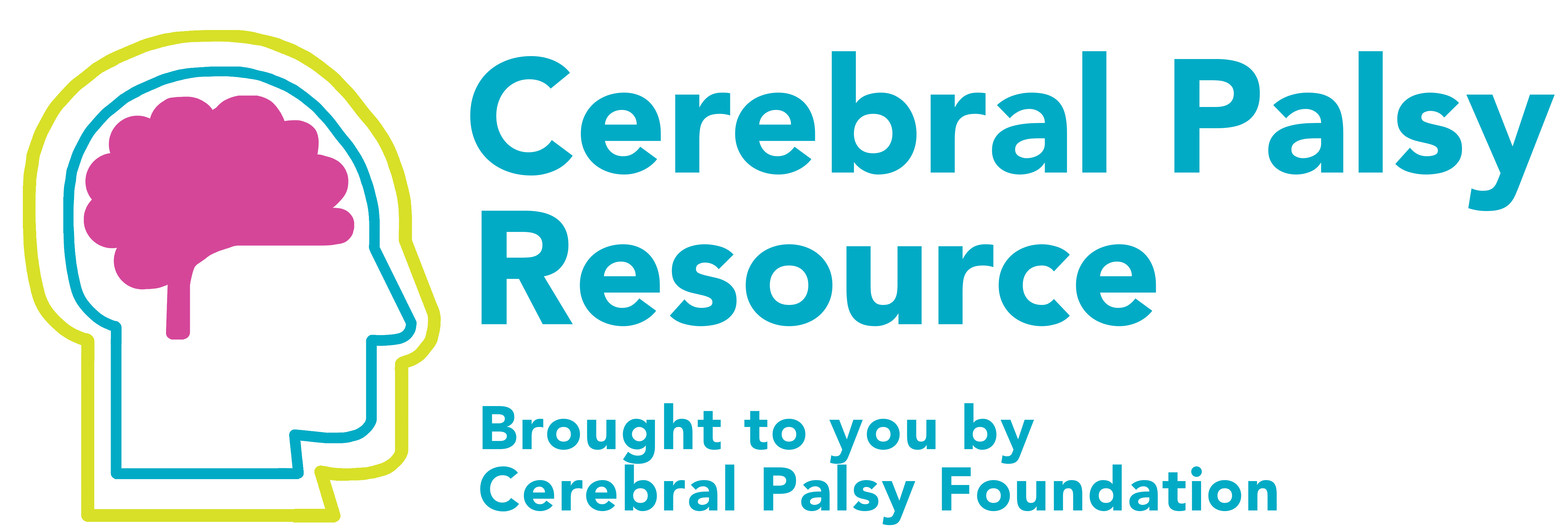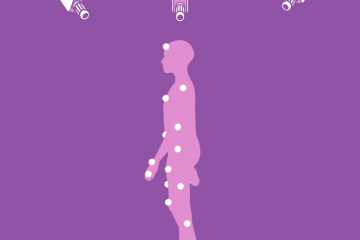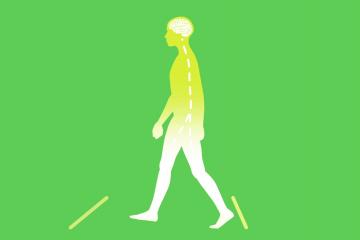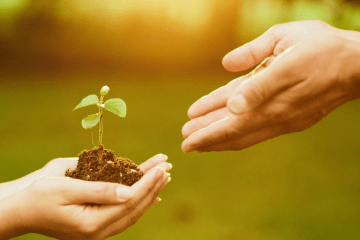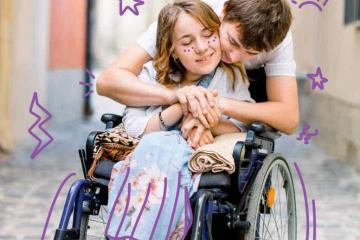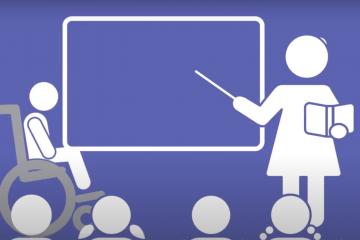Physical and Psychosocial Consequences of Falls in Ambulatory Individuals With Cerebral Palsy by Age and Gross Motor Function
We studied falls among children (n=180) and adults (n=201) with CP who regularly walk with or without assistive devices. More specifically, we had them complete surveys on how often they’ve fallen, fall-related injuries experienced, circumstances around the fall, the level of fear or concern about future falls, and the extent to which they do or don’t avoid certain activities due to their concern about falling.
key findings
- 86% of all participants reported 1 or more fall in the past 12 months
- Young children and individuals in GMFCS level II reported the most falls
- 80% of those 50-years old or older experienced one or more severe fall-related injury, like head/face stitches, broken bone, or concussion
- Concern about falling and activity avoidance due to concern about falling was highest among those 50-years old or older and among those in GMFCS level III
- Psychosocial effects of falls, like embarrassment and lost confidence, were relatively high among everyone
- Nearly everyone (88%) wished they fell less
What is the background/purpose of the study?
The study purpose was to quantify physical and psychosocial impacts of falls by age and Gross Motor Classification System (GMFCS) level in ambulatory individuals with cerebral palsy (CP). This is important because families often express concern from a young age that their child trips or falls frequently, but there is a very limited number of studies objectively measuring this and even fewer quantifying the psychological or social impacts that falls have on their lives as children and adults. We conducted this study to raise awareness of this topic, so we can begin to understand who is at the greatest risk of falls and the physical and psychosocial ramifications. Falls outside the hospital are rarely measured or studied in children or adults with CP; we aim to change that and start developing evidence-based interventions to help prevent falls and their downstream effects.
What were the overall findings?
- Most participants fell in the past 12 months (86%).
- The number of times people fell in the past 12 months differed by age and GMFCS level.
- Age: Individuals aged 5-12 years reported the most falls
- GMFCS: Individuals in GMFCS level II reported more falls than those in GMFCS level I and more falls than those in GMFCS level III (though not statistically more).
- The percentage of participants who experienced a past severe fall-related injury (e.g., head/face stitches, concussion, fractures) increased with age, affecting 80% of ≥50-year olds.
- Falls often occurred in the forward direction (vs backwards, sideways, or straight down), when wearing shoes (vs barefoot or while only wearing socks), and during ambulation.
- Uneven surfaces and fatigue were more common causes than being bumped or slippery surfaces.
- Concern about falling and activity avoidance due to concern about falling differed by age and GMFCS level.
- Age: There was more concern and avoidance for ≥50-year olds (the oldest age group, as compared to the younger age groups)
- GMFCS: There was more concern and avoidance for individuals in GMFCS level III vs level I or II.
- Psychosocial consequences of falls (e.g., embarrassment, lost confidence) were high across all groups and did not significantly differ by age or GMFCS level, indicating these psychosocial effects are felt across a lifespan.
- Nearly everyone (88%) wished they fell less (by GMFCS level – I: 77%, II: 94%, III: 90%)
Why do you think these are the findings?
The current public environment and society’s response to falls is not conducive to a physically or psychologically safe space for people to fall and get back up. One’s biological impairments, age, and mindset also contribute to falls and fall recovery, but environment and society also need to be part of the solution.
What does this mean for families and individuals with CP?
While falls and fall outcomes are very individualized, the study findings on age differences (or no difference, as in the case of some psychosocial outcomes) can help younger individuals anticipate changes with age base on their older, wiser peers. We also hope these findings will help individuals know they are not alone in their experiences.
What can Caregivers, families, Therapists and Doctors do with this information now?
Start asking and talking to each other about falls. It’s imperative clinicians approach this topic with empathy. As shared by one of the authors who is a person with lived experience, “Adults with CP routinely minimize their falls because of real or perceived threats to confidentiality, employment, pressure to use a wheelchair or assistive device. A lot of adults also have shame about falling that could color their answers. Adults are generally more open and honest when discussing falls with a trusted person.”
Please engage in a conversations – no one wants more surveys to complete!
What are the implications for future research?
This study sets a strong foundation for future fall research, quantifying the breadth and depth of the problem across a large spectrum of age and walking ability. Fall-prevention interventions should aim to mimic the most common circumstances surrounding falls, like during ambulation and on uneven surfaces. It also emphasizes the importance of future clinical trials to include mental health and participation outcomes, not only physical injuries.
Title: Physical and Psychosocial Consequences of Falls in Ambulatory Individuals With Cerebral Palsy by Age and Gross Motor Function
Authors: Marissa Esterley, MS, Linda E. Krach, MD, Kari Pederson, MSW, LICSW, Nathan G. Wandersee, ABA, Sandy Callen Tierney, MSSW, PhD, Elizabeth R. Boyer, PhD
Journal: Archives of Physical Medicine & Rehabilitation
Publication date: Dec 2024
Falls outside the hospital are rarely measured or studied in children or adults with CP; we aim to change that and start developing evidence-based interventions to help prevent falls and their downstream effects.
